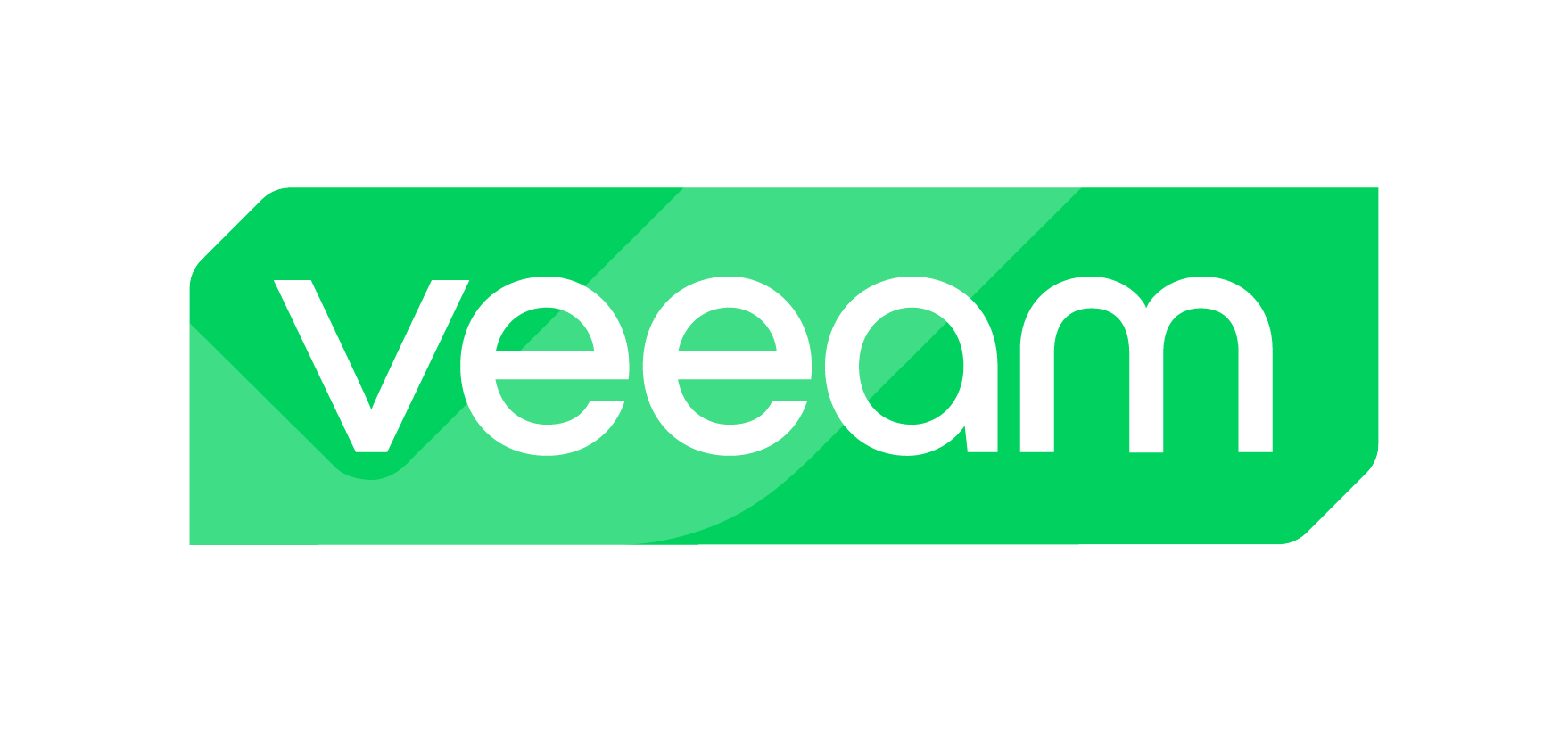
Content Delivery Networks (CDN) vs Cloud Computing: What’s the Difference and Do I Need Both?
It’s been over 20 years since Bill Gates declared that “content is king.” But even he probably would have had a hard time predicting back then just how much content would be consumed on the internet every single day in 2019—or how challenging delivering web applications and content to an ever-expanding global userbase could be.
The main challenges involve dealing with issues of performance and scalability. To tackle these, there are two powerful tools that can be deployed: content delivery networks (CDN) and cloud computing.
But what’s the difference, and how can you determine which suits your needs?
What are Content Delivery Networks (CDNs)?
On the most basic level, a CDN is simply a network of servers used to deliver content.
Here’s how it works: One or more servers are designated as “origin” servers, and other servers are distributed throughout various global locations as “cache” servers. These caches are strategically located to be geographically proximate to various end users: the audience. The content or source media is stored on the origin server(s) and then sent out to cache servers as needed.
When a user requests a resource or content, a special CDN URL is resolved against Domain Name Service (DNS) into an IP address to call the content from a cache server that is closer to the requesting user than the origin server. This increases the speed at which the content is delivered to end users by decreasing the distance the information must travel and thus reducing latency. It also reduces the stress on the main server(s) by distributing the load across multiple servers in different regions.
For applications that require the lowest possible latency beyond what a CDN can offer on its own, HorizonIQs’s proprietary route optimization engine Performance IP additionally cuts down latency by automatically putting outbound traffic on the fastest, best-performing route.
Content Delivery Network (CDN) Use Cases
CDN is primarily used to deliver large-file content that is often static: Video, music, and images are all common. However, it is increasingly being used for streaming media as well.
For example, an organization that delivers a streaming video content update on a weekly basis to thousands of users distributed across the U.S. might make good use of a CDN. (Your favorite video streaming service uses CDN technology too.) Contrast this with a traditional delivery method where all users connect to a centralized server. In this model, the user experience will vary based on a number of factors like their distance from the server.
Users accessing the streaming video from the other side of the country might see slow video load times and buffering issues due to higher latencies. And all users might experience delivery issues should the centralized server hit user connection limits or other resource consumption issues.
CDNs solve these issues by delivering the streaming media to local cache servers, which reduces the load on the central or origin server—lowering the likelihood of overload—and ensures that latency between the media and the users stays lower.
What Is Cloud Computing?
Cloud computing is a maturing technology strategy that can reduce the cost of delivering applications and content by taking advantage of otherwise unused computer resources.
Most computer systems largely sit idle, even when serving content and applications to a modest number of users. Server virtualization was developed to harness a single host’s resources (CPU, memory, and storage) and share them with several virtual machines (VM), each running their own applications and serving their own content.
Hypervisor technology, which controls virtualized servers, has advanced considerably since the advent of the cloud and has evolved to enable the management of a cluster of hosts running several VMs each that share resources even in the event of a physical host malfunctioning. In this way, cloud technologies and VMs add resiliency and reliability to hosted applications by abstracting their functionality from the underlying physical hardware.
VM images can also be shared and deployed in several regions, allowing your applications to be delivered closer to the end user for increased performance and lower latency, acting like a CDN. As the number of users increases, it is easier, cheaper, and faster to spin up a new VM than it is to procure new hardware.
Cloud computing comes in several flavors, from custom-designed private clouds and high-powered bare metal configurations to hyperscale public cloud providers like AWS and Azure.
Cloud Computing Use Cases
While the primary functionality of cloud computing is more efficient resource management of hosts and networks to reduce the costs of delivering content and applications, the technology also allows you to easily deploy server images to an allocated host or cluster of hosts. It can thus be used to enhance the user experience by placing the application or content in multiple regions very easily, and distributing resources like a CDN.
Disaster recovery strategies can also be built into the delivery of the application by either failing over to a hot standby environment or quickly spinning up planned resources to replicate the application environment in another geographic location.
A common use case: An organization deploys cloud computing environments to lower its hardware expenditures by sharing resources across several virtual machines. This is preferable to having one physical host per application function (e.g., databases, GUI, etc.). As the application’s user base expands, the organization can easily add servers by spinning up new virtual hosts with templates for the required functionality.
CDN and Cloud Computing Together
To recap: CDN provides a platform for delivering large amounts of content closer to the end user, while cloud computing allows for easily scaling resources for applications.
Using both a CDN and cloud computing strategies together creates a more resilient and reliable delivery strategy for your applications and content than either could do alone. They eliminate single points of failure in delivering applications and the content that power them, while making smart, efficient use of resources.
And if your managed service provider offers both, you can simplify your partner relationships, while leveraging their combined expertise.



